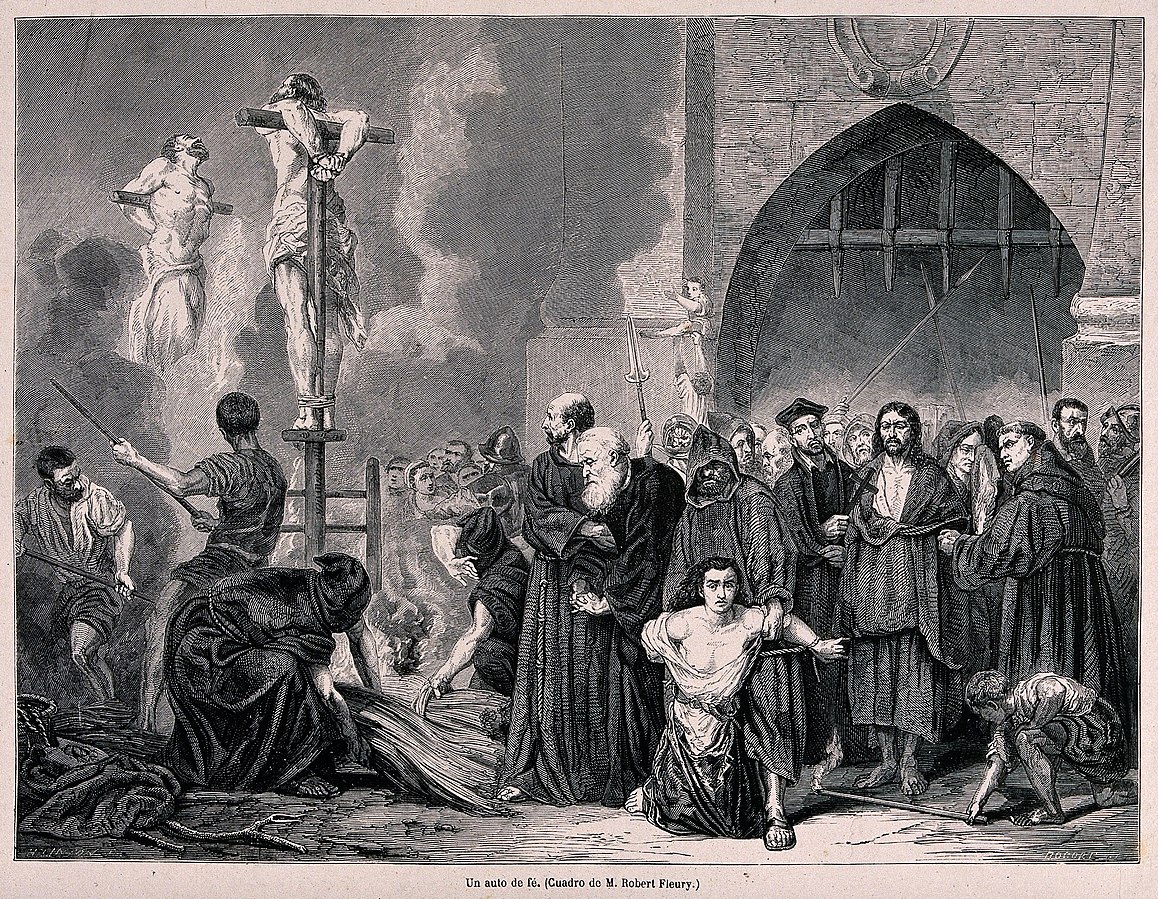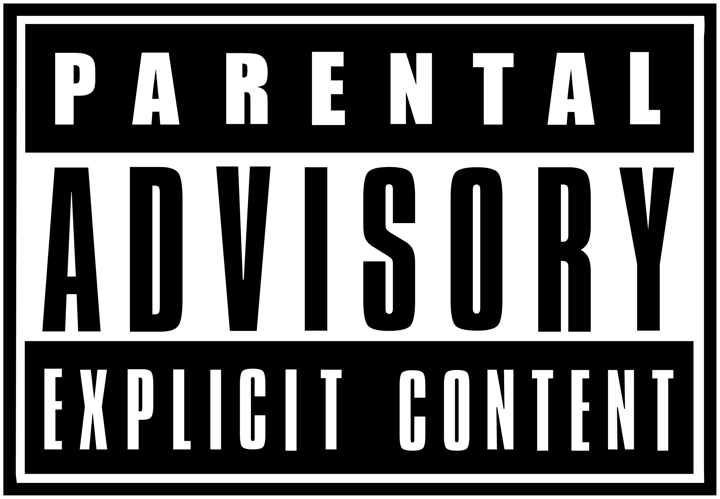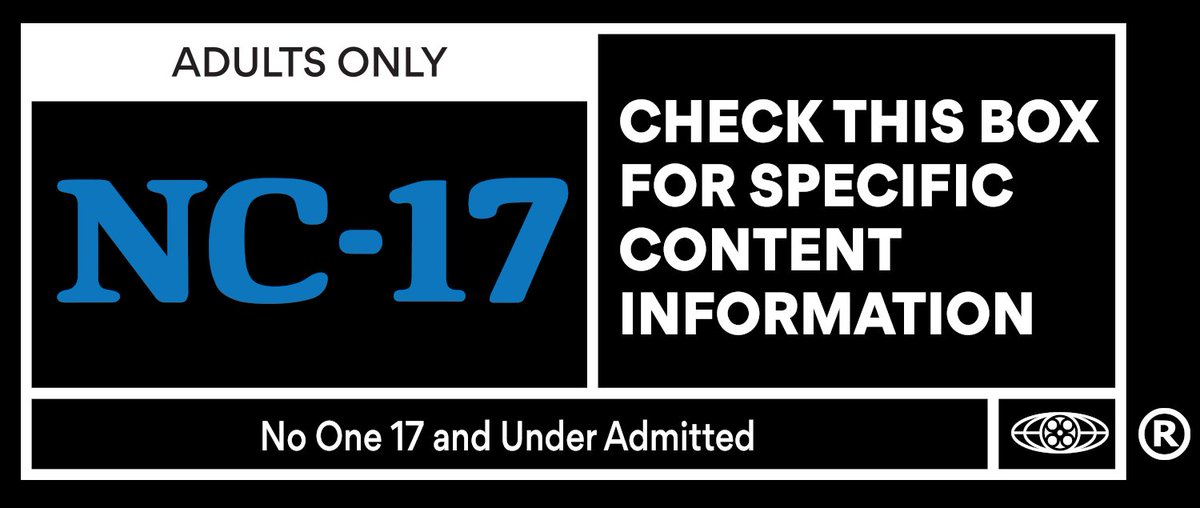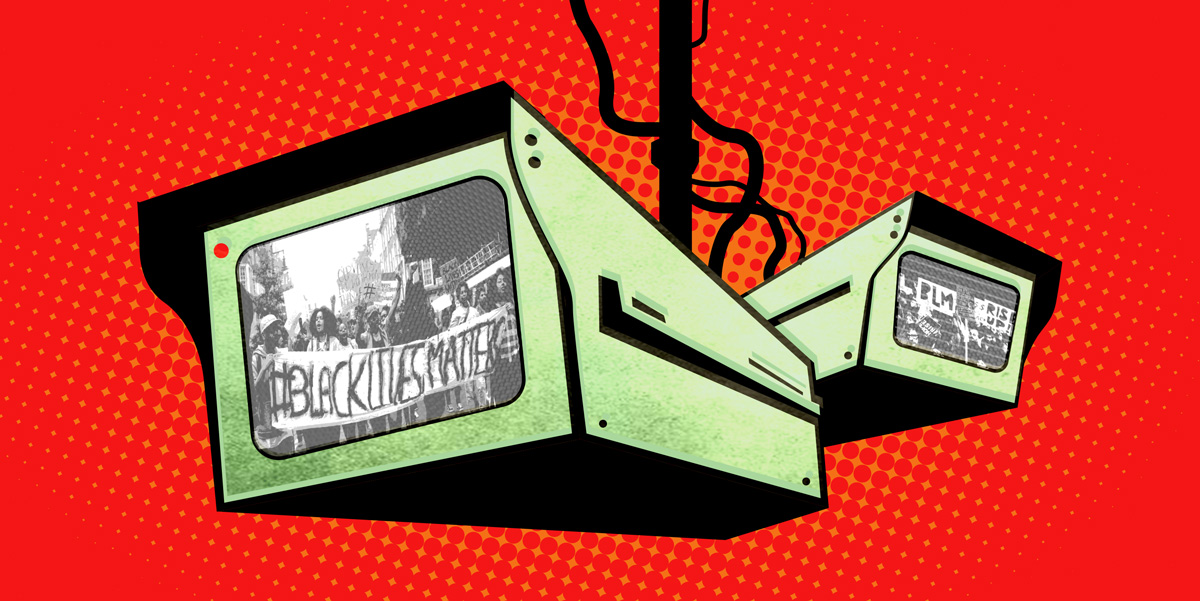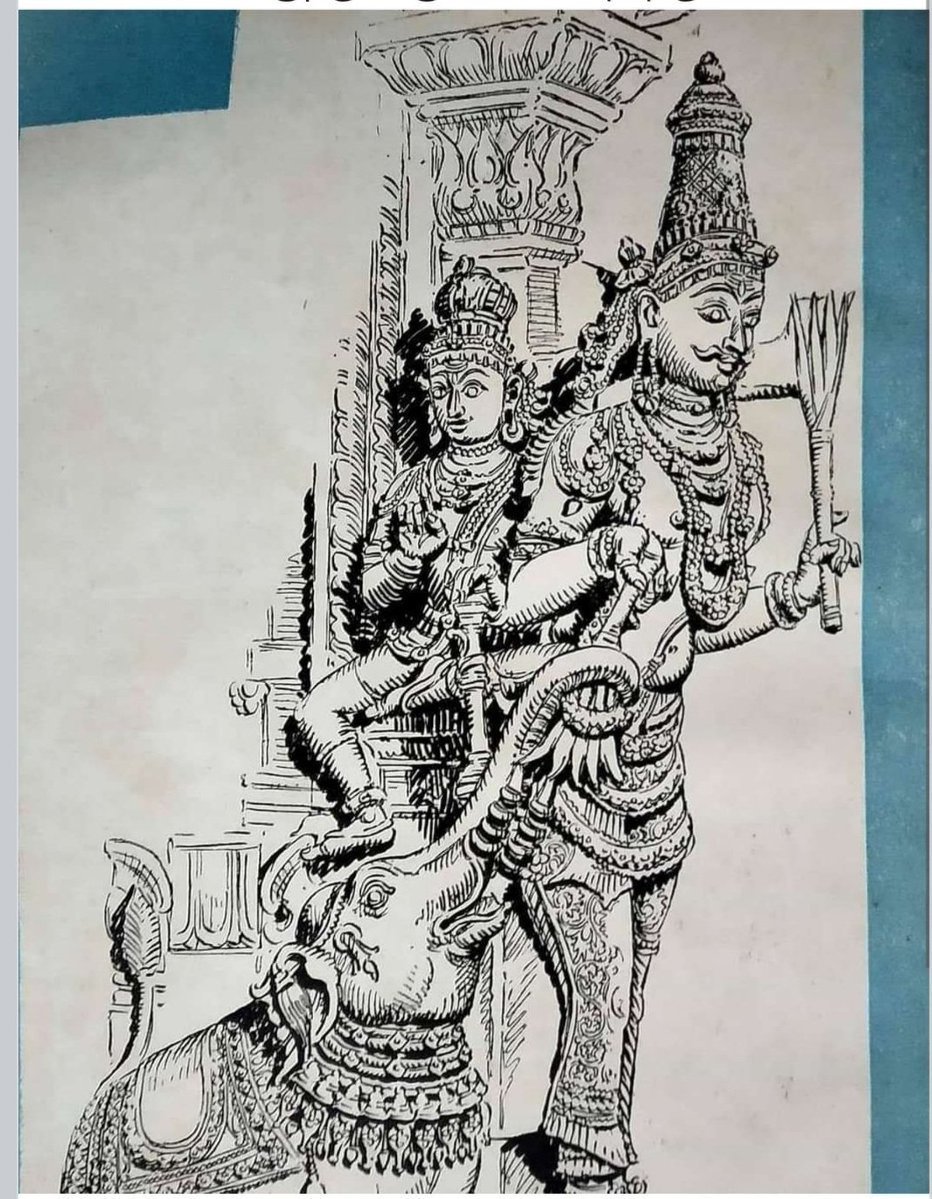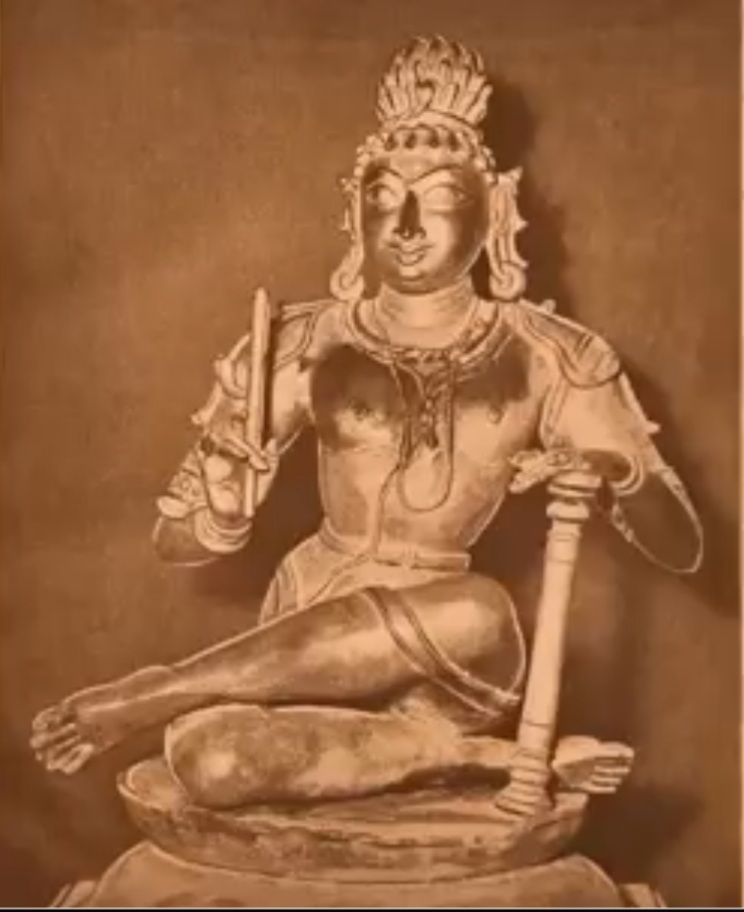2/
The early Disney company had several near-death experiences, some due to exogenous shocks and some self-inflicted (bad labor practices, weird technology choices), and all through it, a power struggle between "Roy people" (finance) and "Walt people" (tech/art).
1/
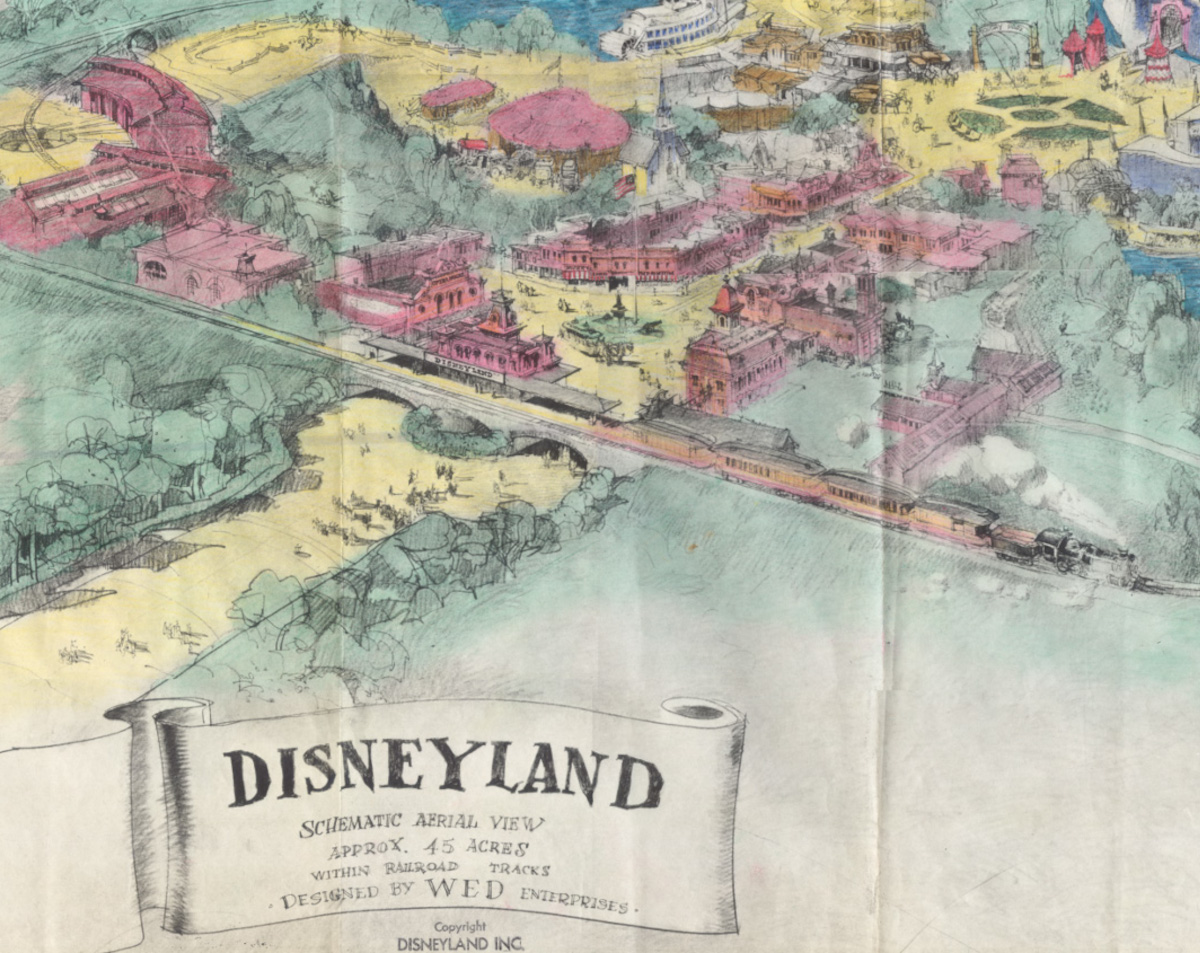
2/
3/
4/
5/
6/
7/
8/
https://t.co/7LQvTEh60D
9/
10/
11/
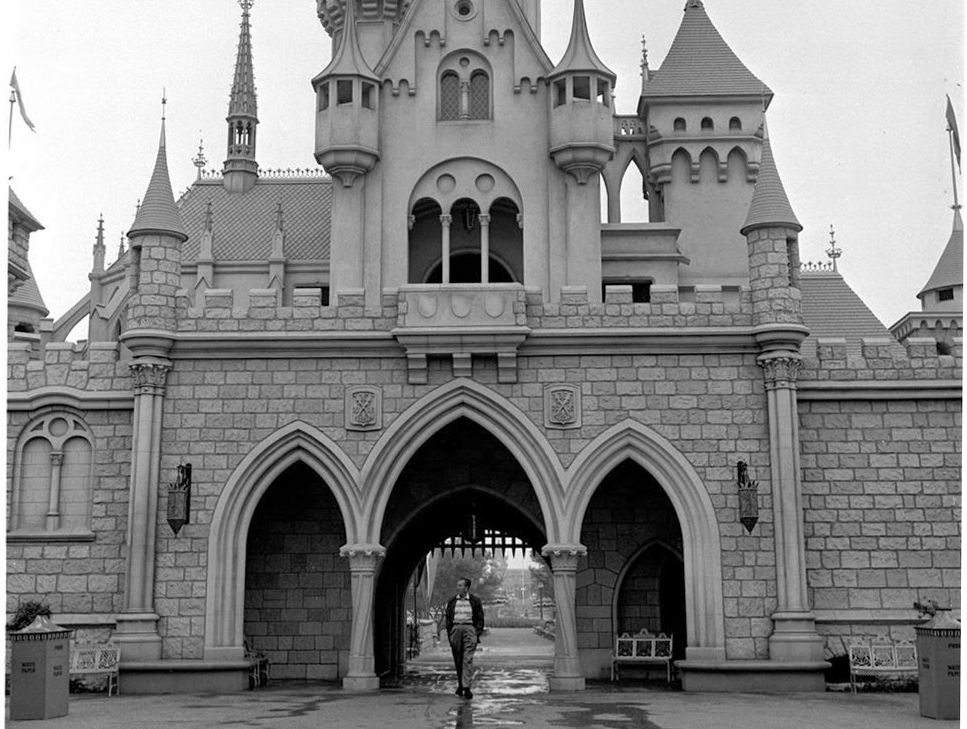
12/
13/
14/
15/
Annual Passes grew too successful, selling so well they crowded out vacationers on a once-in-a-lifetime trip.
16/
17/
Then came the pandemic...and the end of the Annual Pass program altogether.
https://t.co/PrbdFsnS4U
18/
19/
Most of the problems generated by Annual Passholders aren't that extreme, of course.
20/
21/
22/
More from Cory Doctorow #BLM
There are lots of problems with ad-tech:
* being spied on all the time means that the people of the 21st century are less able to be their authentic selves;
* any data that is collected and retained will eventually breach, creating untold harms;
1/
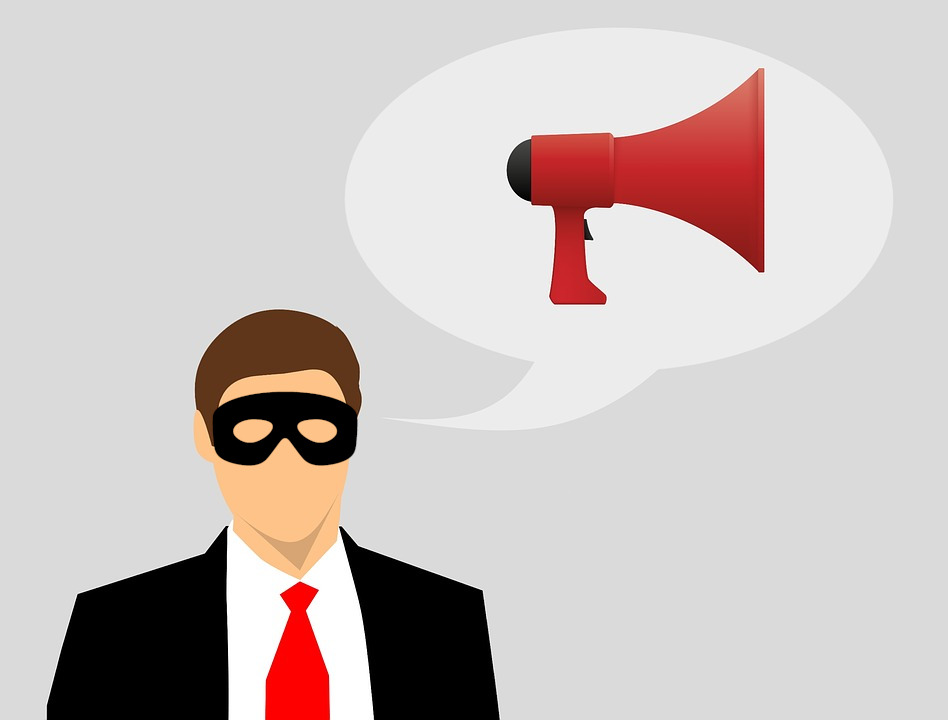
* data-collection enables for discriminatory business practices ("digital redlining");
* the huge, tangled hairball of adtech companies siphons lots (maybe even most) of the money that should go creators and media orgs; and
2/
* anti-adblock demands browsers and devices that thwart their owners' wishes, a capability that can be exploited for even more nefarious purposes;
That's all terrible, but it's also IRONIC, since it appears that, in addition to everything else, ad-tech is a fraud, a bezzle.
3/
Bezzle was John Kenneth Galbraith's term for "the magic interval when a confidence trickster knows he has the money he has appropriated but the victim does not yet understand that he has lost it." That is, a rotten log that has yet to be turned over.
4/
Bezzles unwind slowly, then all at once. We've had some important peeks under ad-tech's rotten log, and they're increasing in both intensity and velocity. If you follow @Chronotope, you've had a front-row seat to the
* being spied on all the time means that the people of the 21st century are less able to be their authentic selves;
* any data that is collected and retained will eventually breach, creating untold harms;
1/

* data-collection enables for discriminatory business practices ("digital redlining");
* the huge, tangled hairball of adtech companies siphons lots (maybe even most) of the money that should go creators and media orgs; and
2/
* anti-adblock demands browsers and devices that thwart their owners' wishes, a capability that can be exploited for even more nefarious purposes;
That's all terrible, but it's also IRONIC, since it appears that, in addition to everything else, ad-tech is a fraud, a bezzle.
3/
Bezzle was John Kenneth Galbraith's term for "the magic interval when a confidence trickster knows he has the money he has appropriated but the victim does not yet understand that he has lost it." That is, a rotten log that has yet to be turned over.
4/
Bezzles unwind slowly, then all at once. We've had some important peeks under ad-tech's rotten log, and they're increasing in both intensity and velocity. If you follow @Chronotope, you've had a front-row seat to the
The numbers are all fking fake, the metrics are bullshit, the agencies responsible for enforcing good practices are knowing bullshiters enforcing and profiting off all the fake numbers and none of the models make sense at scale of actual human users. https://t.co/sfmdrxGBNJ pic.twitter.com/thvicDEL29
— Aram Zucker-Scharff (@Chronotope) December 26, 2018
More from Business
So while America was forced into a high percentage of unemployment, billionaires in America made 406 billion from their “essential” businesses.
I wonder how much came from the
Funny, this transfer of wealth from the poor citizens to the rich billionaires aided by lockdowns and tyrannical governors wasnt just isolated to America. Australia billionaires seemed to amass much wealth during a time record number of businesses
I wonder how much came from the
Funny, this transfer of wealth from the poor citizens to the rich billionaires aided by lockdowns and tyrannical governors wasnt just isolated to America. Australia billionaires seemed to amass much wealth during a time record number of businesses
AUSTRALIA: Country's billionaires are over 50% richer than they were this time last year, according to data from Bloomberg Billionaires Index.
— The Spectator Index (@spectatorindex) December 30, 2020


